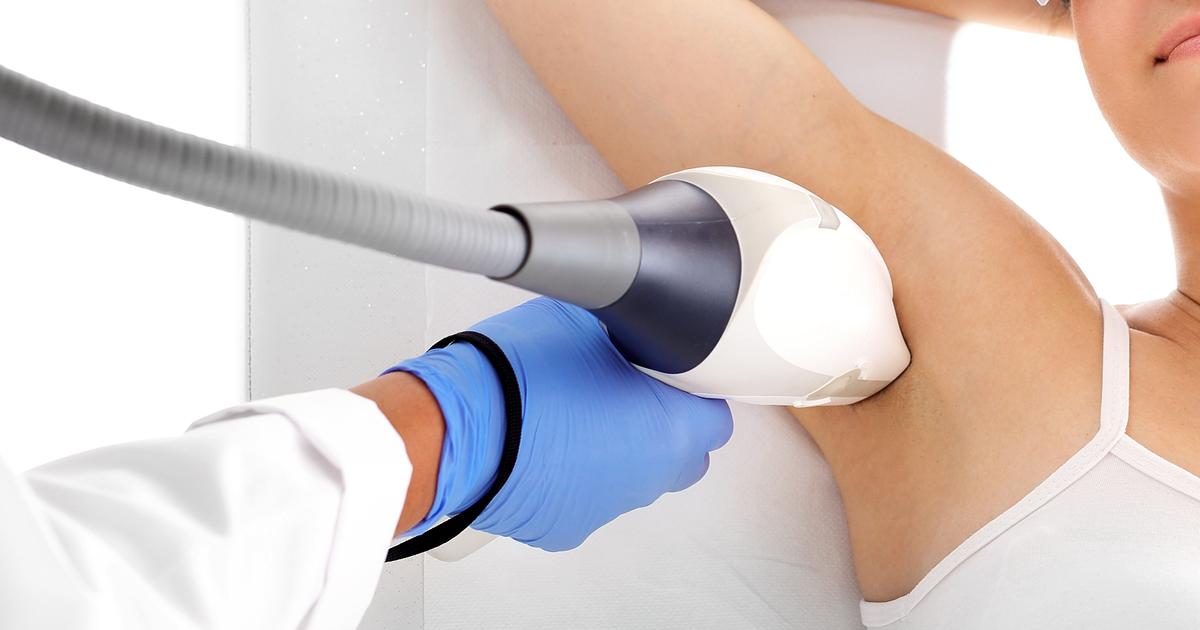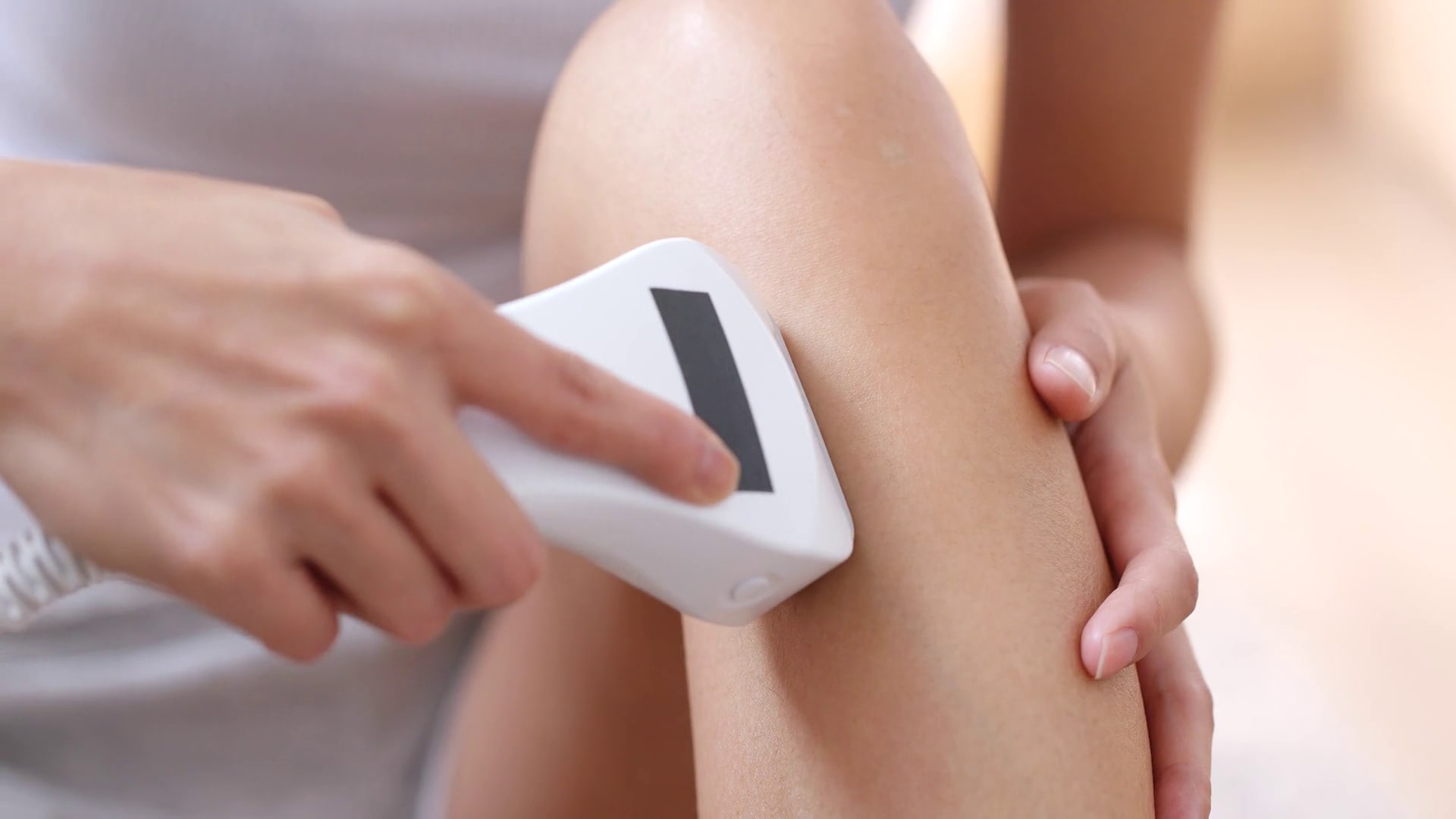Guide To Laser Hair Removal
Laser hair removal is a noninvasive method for removing unwanted hair. During the procedure, the laser produces a concentrated beam of light targeted at the hair follicles. The melanin (pigment) in the hair absorbs this light, converting it to heat that damages the follicles (sacs within the skin that produce hair). This damage significantly reduces hair growth at the treatment site, and it can sometimes even eliminate hair growth. Laser hair removal is normally performed at dermatologist's offices. Some states also allow physician's assistants, nurse practitioners, and registered nurses to perform the procedure; however, many states require physician supervision. The technician will select the most appropriate laser or combination of lasers for the patient's skin tone, hair type, and the specific area to be treated. Patients typically have multiple treatment sessions spread over several months.
The major facts, benefits, and risks of laser hair removal are discussed below.
How It Works

To prepare for laser hair removal, patients are typically advised to avoid sun exposure for up to six weeks in advance, and they should apply sunscreen daily. Patients will need to stop the use of any sunless tanning creams that darken the skin, and dermatologists might consider prescribing a skin bleaching cream if the patient has had a recent tan; this will help the laser work more effectively. Waxing, plucking, and electrolysis will disturb the hair follicles, and these hair removal methods should not be performed for at least four weeks before having laser hair removal. However, shaving the treatment site a day before the laser session is recommended, and it can reduce the potential for skin damage caused by burnt hairs during the procedure. Most patients require at least two to six laser sessions, and some patients could need eight to ten sessions. During the session, the treatment provider and the patient both wear eye protection goggles, and the provider places a handheld device on the treatment site. The laser is activated, and the device is passed over the entire treatment area. Sessions for small areas such as the upper lip could take as little as ten minutes, and treatment for large areas like the back might take up to one hour. Patients generally have sessions every four to eight weeks.
Learn about who might want laser hair removal next.
Who Might Want It

Laser hair removal is ideal for individuals who would like to remove unwanted hair from large areas such as the chest, back, arms, or legs. It is also an effective option for areas of the body where other hair removal methods could be particularly painful, including the upper lip, chin, stomach, underarms, and bikini area. Unlike shaving and waxing, laser hair removal does not have a risk of ingrown hairs or infection, so it can be especially helpful for individuals who want to reduce their chances of infection and for those who have previously struggled with treating ingrown hairs Today, laser hair removal can help patients with any skin tone or hair type, and it is often suggested as a treatment for hard to reach areas. The permanent or near-permanent results it provides tend to be particularly beneficial for those who would otherwise need to shave or pluck hairs on an almost daily basis, and it helps in reducing the time patients need to spend on their at-home beauty routine.
Discover the benefits of laser hair removal next.
